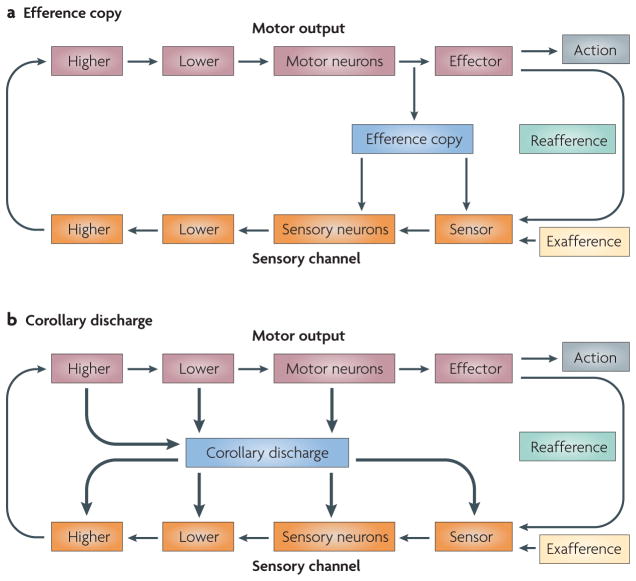Figure 1. Efference copy versus corollary discharge.
a | A schematic of a sensorimotor circuit composed of a sensory pathway (shown in orange) and a motor pathway (shown in brown). Each pathway consists of a number of tiers that represent the complexity of the processing that has been performed and the distance from the periphery. A branch from the motor pathway to the sensory pathway (shown in blue) provides the efference copy. b | Corollary discharge. Motor-to-sensory signals are not confined to exact copies that target early tiers of the sensory channel. They can arise from almost all levels of the motor pathway and can target any tier of the sensory processing stream. These signals are known as corollary discharges (shown as thick arrows). Schematic inspired by von Holst and Mittelstaedt2.

